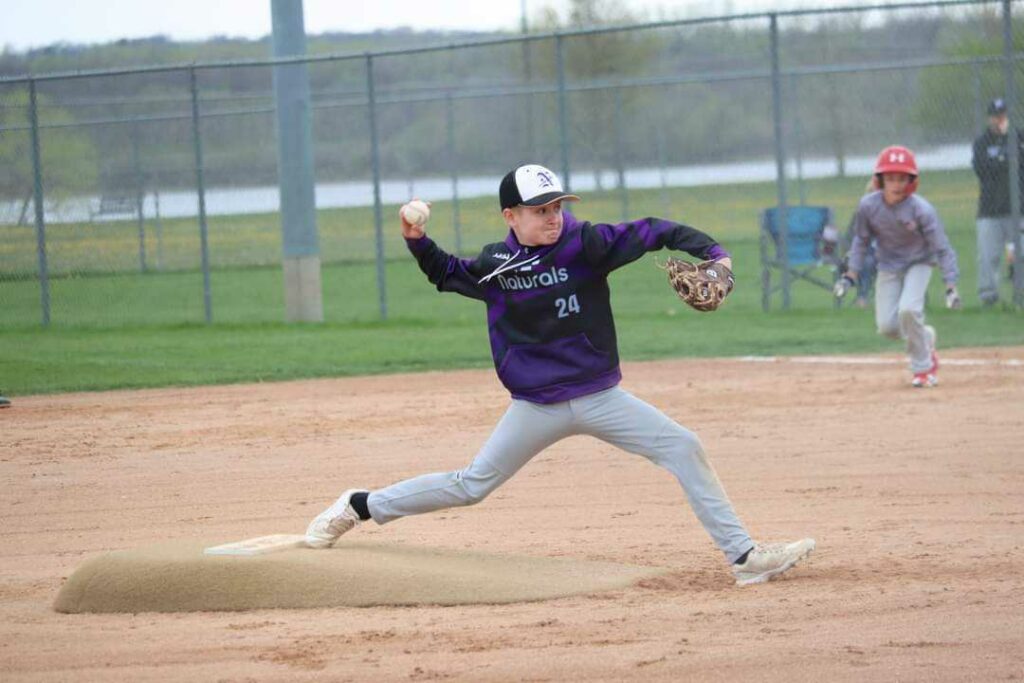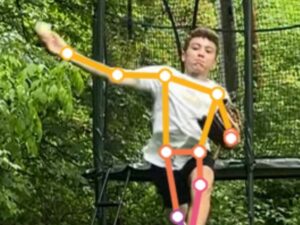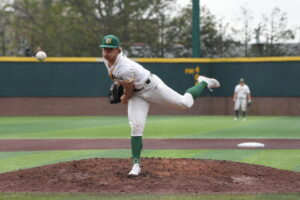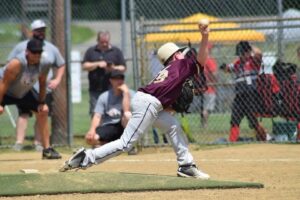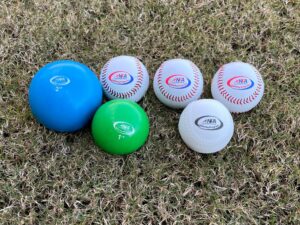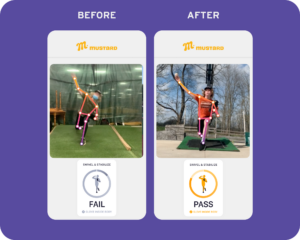By Tom House, PhD, with Lindsay Berra
When Los Angeles Dodgers manager Dave Roberts pulled lefthander Clayton Kershaw after 80 pitches and seven innings of perfect baseball in his first start of the 2022 season, the baseball world had a collective fit. But, it was the best decision for Kershaw, who dealt with an arm injury last year that forced him to miss the playoffs and log the fewest innings he had in any full season since his rookie year in 2008. Kershaw also hadn’t pitched more than four innings in any of his spring training starts. Dodgers fans—and baseball fans in general—may have been angry, but they want Kershaw healthy for the duration of the season. And I firmly believe Roberts’ decision to pull Kershaw from a perfect game is a terrific thing for youth baseball. It sets an example that at all levels of the game, the health of the pitcher should be the number-one priority. And the easiest way to focus on that priority is with pitch counts.
Pitch Counts Are the One Factor You Can Absolutely Control
There are three things that contribute to keeping a pitcher’s arm healthy: Workload, biomechanical efficiency, and functional strength. Of those three things, the one parents, coaches and athletes can all easily do is count pitches. Dr. James Andrews and Dr. Glenn Fleisig at the American Sports Medicine Institute in Birmingham, AL, did the research to determine age-specific pitch counts for an inning, a week, a month, and a season. Now, those guidelines are circulated by Pitch Smart, which is a partnership between Major League Baseball and USA Baseball. It may not be a perfect system, but the information has been medically researched and tested on the field, and it’s a focal point around which you can make decisions. Sure, we can create functional strength in an arm to handle more pitches and increase the energy in, energy out equation, but not everyone has access to that kind of training, and not every athlete is ready for it anyway. So in the absence of better data, the pitch counts put out by ASMI are the ones I use to this day, and I recommend that all youth athletes, parents and coaches follow those guidelines.
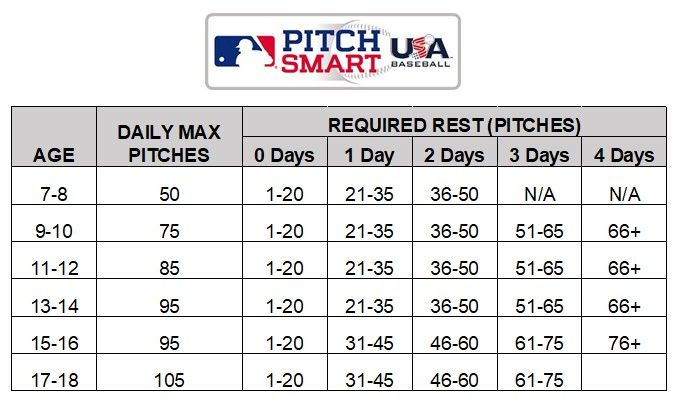
Kids Don’t All Develop at the Same Rate
Because some 12-year-olds look like they’re 8 and some look like they’re 18, you need to find a coach to work with who really understands arm speed versus arm strength. There are 12-year-olds who can really throw hard, but they can’t sustain throwing hard because they don’t have the functional strength as 12-year-olds to handle that arm speed over and over. Conversely, you may have a pitcher who is also a weightlifter or a wrestler, and is strong enough to move weight in the gym, but doesn’t have the flexibility to decelerate the arm properly. This athlete will have issues as well. Pitch totals themselves are a generic roadmap, but to identify personally adaptive coaching, you need an organization like the National Pitching Association, or someone with similar knowledge within the team or league in which your young athletes play. It’s also incredibly important to understand that the tall, muscular 12-year-old who looks much older is in more jeopardy when it comes to arm health than a 5-4 12-year-old who hasn’t had a growth spurt yet. When kids grow quickly and gain muscle, it takes time for nerves to start talking to muscles, and it’s during that bridge that a kid can get hurt.
“Don’t try to be skilled until nerves can talk to muscle” It’s important for parents and coaches to remember every pitcher will develop differently as they get older! @tomhouse pic.twitter.com/jOVQQR6NKc
— National Pitching Association | Tom House Sports (@NPA_Pitching) August 24, 2021
How Do You Know A Pitcher is Getting Tired?
The first sign of fatigue in a pitcher of any age is a loss of control. Kids can be tired and still throw hard, but they can’t be tired during muscle failure and also throw strikes. From Little League to the Big Leagues, when muscle strength is diminished, command goes away. When they can’t get the ball close to the target, when they’re starting to walk people, get them out, even if they still have room left in their pitch totals. The coach can tell a pitcher to bear down, but once fatigue sets in, that’s not going to work. To make it even easier, once a pitcher hits 30 pitches in an inning, take the pitcher out. Even if they’re close to 30 pitches, consider taking them out. There is no need to keep a pitcher in the game when he or she is flirting with muscle failure. Postgame, if the pitcher is stiff and sore on the front side of his or her elbow or shoulder, that usually means there is a mechanical problem contributing to that fatigue. If he or she is stiff and sore on the back side of the elbow or shoulder, it’s more likely a functional strength problem.
Pitch count programs have been shown to reduce the risk of shoulder injury in youth pitchers by as much as 50%. https://t.co/n0acvehntJ#PitchSmart
— Pitch Smart (@MLBPitchSmart) November 12, 2021
Even the Studs Need Pitch Counts
I have a very strong feeling that these recommended pitch totals should be adhered to until a pitcher graduates from high school and you know they are in the beginning of the skill acquisition phase, with nerves and muscles talking to each other. Don’t let the big, strong kid who can throw strikes pitch more than those recommended totals, because those are the kids who are used and abused the most. No one cares how good you are when you’re 13, but every one cares if you hurt your arm when you’re 13. At that age, you must minimize the risk of injury so the pitcher enjoys the game and wants to keep playing. Not everyone understands mechanics or functional strength, but everyone can count pitches.
ASMI found that pitchers who competed more than 8 months per year were 5 times as likely to suffer an injury requiring surgery. Pitchers should refrain from throwing for at least 2-3 months per year and avoid competitive pitching for at least 4 months per year. pic.twitter.com/Pr2uI4r18l
— Pitch Smart (@MLBPitchSmart) September 6, 2018
Every Pitch Counts
The pitch counts on those charts are only counted when there is a batter in the box. That doesn’t account for bullpens, pre-game warmups, warmup pitches between innings, pickoffs, or the time the pitcher spent playing catch with his or her dad or the left fielder before the game. So the next time a coach is pushing the pitch limit, remember your kid has likely already gone over it. To further protect young arms, youth athletes should avoid playing catcher when they’re not pitching. They should avoid pitching for multiple teams at the same time. They should not, under any circumstances, pitch in three consecutive games, regardless of pitch counts. Before every outing, they should properly warm up before they even touch a baseball, and they should play other sports throughout the year.
If you’d like more great content from Mustard, and you’d like to evaluate and improve your own pitching mechanics, download the Mustard pitching app today.

